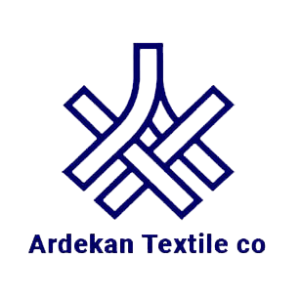
Advantages and Disadvantages of Synthetic Fibers
Synthetic fibers are materials created by humans through chemical processes. These fibers have gained popularity in the textile industry due to their adaptability and wide range of applications.
From polyester to rayon
One of the most commonly used synthetic fibers in the textile industry is polyester. Polyester fibers are known for their durability, strength, and resistance to wrinkles and shrinkage. They are widely used in the production of clothing, household textiles, and industrial fabrics. Polyester fabrics are also easy to care for and can be washed in machines without losing their shape and color.
Another popular synthetic fiber is nylon. Nylon fibers are known for their high strength-to-weight ratio, making them ideal for applications that require strong and lightweight materials. Nylon fabrics are commonly used in the production of sportswear, swimwear, hosiery, and outdoor gear.
Acrylic is another widely used synthetic fiber in the textile industry. Acrylic fibers have a wool-like texture and provide excellent warmth and insulation. They are often used in the production of blankets, jackets, socks, and other winter clothing.
Rayon is another popular synthetic fiber that is derived from natural sources such as wood pulp or bamboo. It has a soft, silky texture similar to natural silk fibers. Rayon fabrics are commonly used in the production of clothing, blouses, linings, and interior furnishings.
Advantages of Synthetic Fibers:
1. Durability: Synthetic fibers such as polyester and nylon are known for their exceptional strength and durability. They can better withstand wear and tear compared to natural fibers and are ideal for products that require long-term performance.
2. Cost-effective: Compared to natural fibers such as silk or wool, synthetic fibers are generally more affordable. Their cost-effectiveness makes them accessible to a wider range of consumers and allows for the production of budget-friendly clothing options.
3. Easy maintenance: Synthetic fibers are often resistant to wrinkles, shrinkage, and abrasion, making them easy to care for. They can be machine washed without losing their shape, color, and vibrancy, saving time and effort.
Disadvantages of Synthetic Fibers:
1. Environmental impact: The production process of synthetic fibers involves the use of petroleum-based chemicals and energy-intensive techniques. These processes contribute to carbon emissions and pollution, making the production of synthetic fibers less environmentally friendly compared to natural fiber production. Synthetic fibers are also non-biodegradable and can persist in the environment for hundreds of years, contributing to plastic waste accumulation.
2. Lack of breathability: Many synthetic fibers have limited breathability compared to natural counterparts such as cotton or wool. This can lead to discomfort in warm weather or during physical activities as they retain heat and moisture on the skin.
3. Heat sensitivity: Some synthetic fibers, such as polyester, are highly flammable and can melt when exposed to high temperatures. This poses safety hazards in certain applications, such as protective clothing or interior furnishings near heat sources.
Synthetic fibers play a significant role in the textile industry due to their adaptability and wide range of applications. From polyester to nylon, acrylic, and rayon, these synthetic materials offer numerous advantages that make them highly desirable for various textile products.
While synthetic fibers offer numerous advantages such as durability, adaptability, cost-effectiveness, easy maintenance, and versatility, their production processes have environmental consequences. They lack breathability, are non-biodegradable, heat-sensitive, and may not have the aesthetic appeal of natural fibers. Balancing these advantages and disadvantages is crucial for informed decision-making regarding their use in different industries while considering sustainability concerns.
